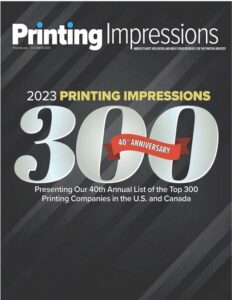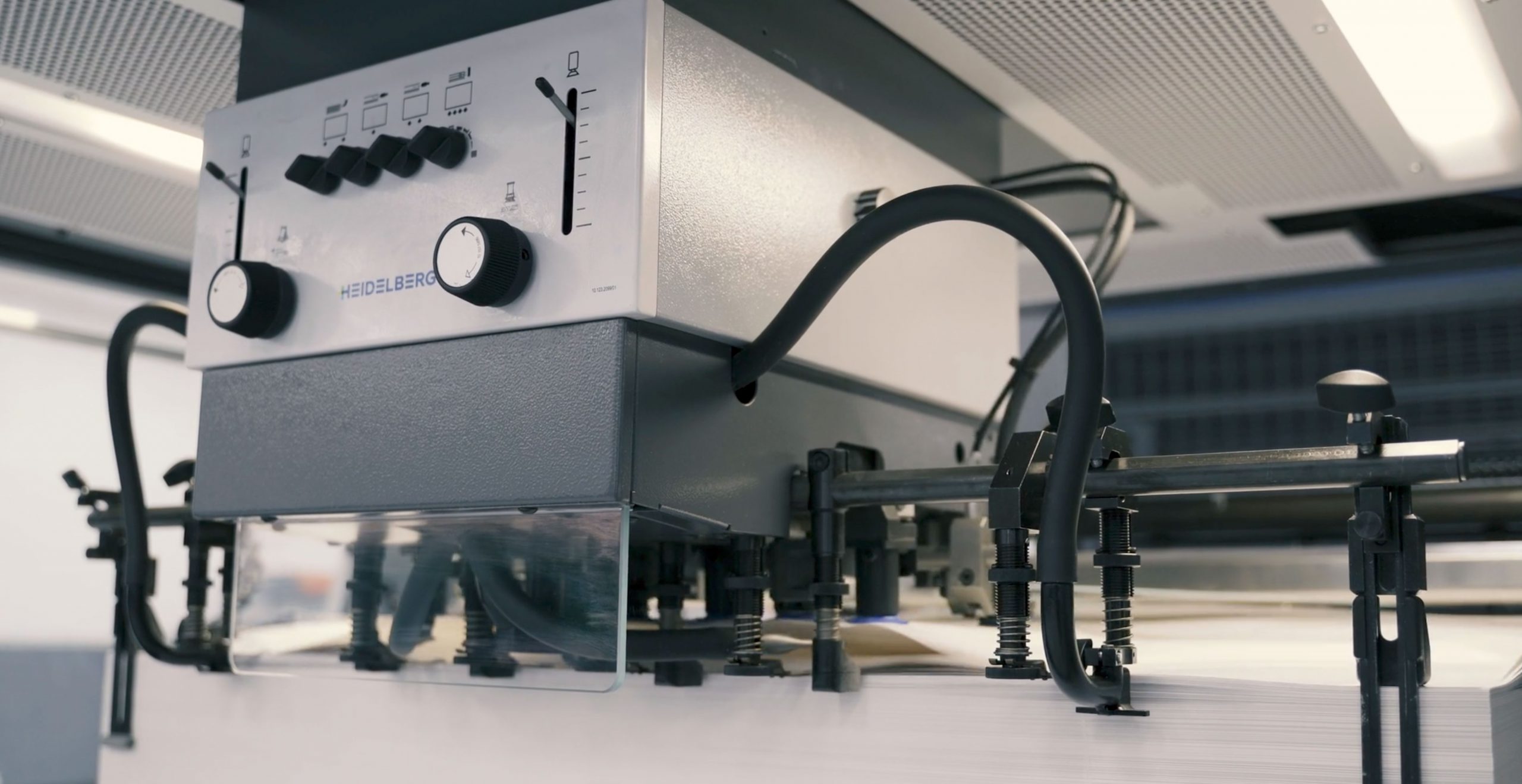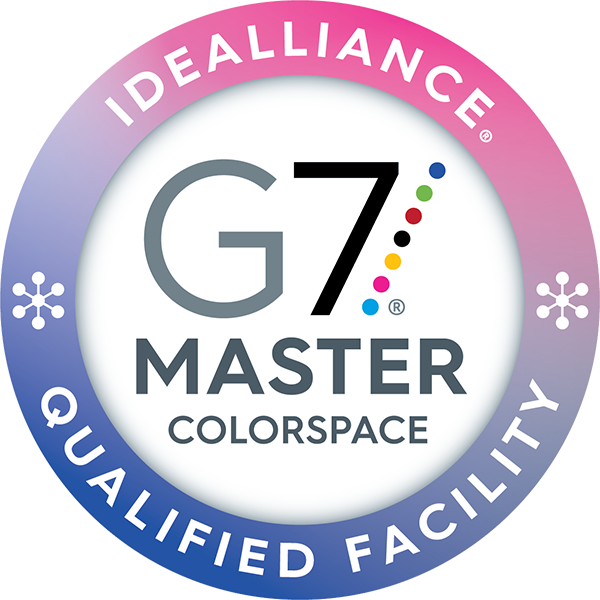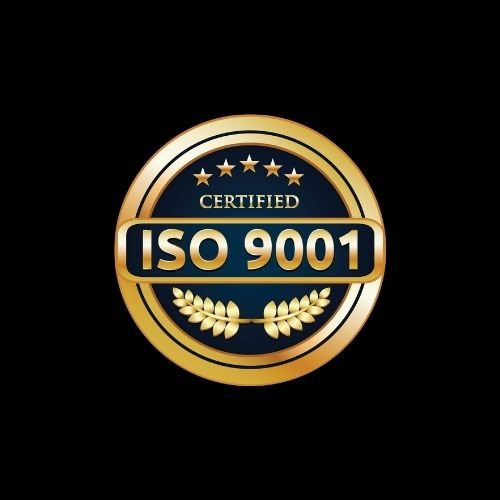When designing your book or brochure, you have different binding options. Each one has its merits depending on its function.
Saddle-stitch binding (binding with staples on the spine) is a popular option because it is inexpensive, has fast turn times, is great for lower page counts, fastens in a wide range of sizes, can be hole-punched, and is an excellent choice for mailing. You have probably seen saddle-stitch on manuals, booklets, theater programs, directories, price and parts lists, newsletters, comic books, wall calendars, and much more.
Working with your experienced, local print shop is the first step to a successful printed piece. They can offer suggestions on the best paper types and how to lay out your booklet.
Tips for Saddle-Stitch Booklet Design
As you get ready to pull together all your copy and graphics for your annual report, newsletter, or directory, keep these tips in mind:
Page count matters. Your booklet needs to be a minimum of eight pages with a maximum of 92 pages, depending on the stock type.
Think in multiples of four. The pages are folded from one larger sheet, creating four pages. Removing one results in a loose page that cannot be stitched in the booklet.
Use the most efficient sizes for the finished product to reduce paper waste. The most common sizes of saddle-stitched pieces are letter (8.5×11), digest (5.5×8.5), and US trade (6×9). Your printer will set these up on the press sheet to maximize paper usage and reduce waste.
Beware of page creep. It will get you if you aren’t careful. Page creep is a term that refers to the inner pages of a book that stick out farther than the outer pages. The more pages your book has, the more you will experience page creep. (Thicker stock choices will result in creep, too.)
Your printer’s prepress department can compensate for page creep’s effect by pushing each folio toward the spine of your book. As you design your pages, it’s helpful to keep your artwork and page numbers about ¼” from the trimmed edge, though ⅜” is preferable. Working with your preferred printer is always a great option.
Better Designs Begins with a Better Printer
As a designer, it’s your job to bring others’ thoughts and ideas to life. Partner with a commercial printer that consistently produces beautiful, saddle-stitched pieces. World Arts takes your digital files and turns them into a reality that is pleasing to the eye and effectively communicates your message. Our team stands ready to support your printing needs. Contact us today.
